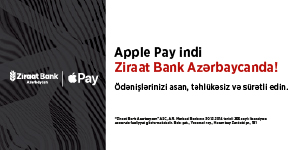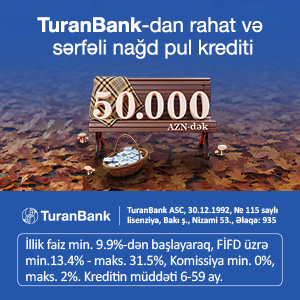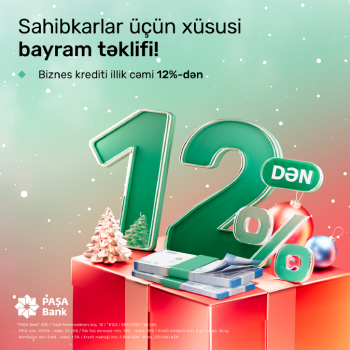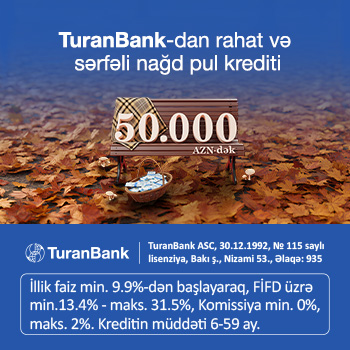Azərbaycanın reytinqi ilə bağlı qərar - "stabil"dən "mənfi"yə endirildi
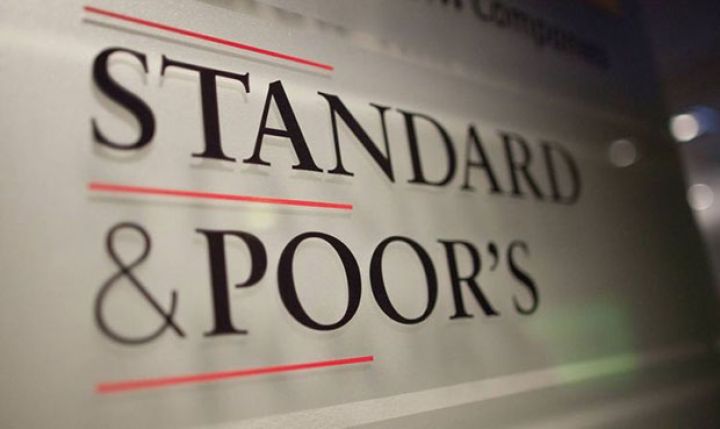
"S&P Global Ratings" beynəlxalq reytinq agentliyi Azərbaycanın yerli və xarici valyutada emitentin uzunmüddətli və qısamüddətli defolt reytinqini "BB+/B" səviyyəsində təsdiqləsə də, reytinq üzrə proqnozu "stabil"dən "mənfi"yə endirib.
Reytinq agentliyinin yaydığı məlumata görə, "mənfi" proqnoz Dağlıq Qarabağ münaqişəsinin son vaxtlar əhəmiyyətli dərəcədə dərinləşməsi fonunda Azərbaycanın maliyyə göstəriciləri, xarici balans və makro-maliyyə sabitliyi üçün artan riskləri əks etdirir.Bundan əlavə, sözügedən proqnoz ölkənin iqtisadi artım perspektivlərinə təsir göstərə biləcəyi və xarici investorların inamını azalda biləcəyi ehtimalını da özündə birləşdirir.
"AZƏRBAYCANIN KREDİT REYTİNQLƏRİNİ ENDİRƏ BİLƏRİK"
Uzun sürən hərbi qarşıdurma, dollarlaşmanın sürətlənməsi və dollar depozitlərinin axını nəticəsində maliyyə vəziyyəti və ya xarici balans pisləşərsə, agentlik Azərbaycanın kredit reytinqlərini endirə bilər. Reytinqə təzyiqlərin artması həm də ölkənin idarə olunan məzənnə rejimindən nizamsız şəkildə çıxmaq məcburiyyətində qalması nəticəsində baş verə bilər.
Azərbaycanın reytinqi üzrə proqnozu yaxşılaşdırılması münaqişənin səbəb olduğu uzunmüddətli sürən qeyri-müəyyənliyin azalması və Azərbaycanın maliyyə, tədiyə balansı və artım göstəricilərinə mənfi təsirlərin qarşısı alınması fonunda baş verə bilər.
XXX
Azerbaijan Outlook Revised To Negative On Rising Risks From Military Conflict Over Nagorno-Karabakh; Ratings Affirmed
Overview
- In late September, a military conflict broke out between Azerbaijan and Armenia, after months of increased tensions around the Nagorno-Karabakh region.
- The military confrontation could exacerbate Azerbaijan's economic, external, and fiscal vulnerabilities at a time when the economy has been weakened by COVID-19 and the collapse in oil prices.
- We are consequently revising our outlook on Azerbaijan to negative from stable, and affirming our 'BB+/B' long- and short-term sovereign credit ratings.
On Oct. 23, 2020, S&P Global Ratings revised its outlook on the long-term credit rating on Azerbaijan to negative from stable. At the same time, we affirmed our long- and short-term foreign and local currency sovereign credit ratings at 'BB+/B'.
As a "sovereign rating" (as defined in EU CRA Regulation 1060/2009 "EU CRA Regulation"), the ratings on Azerbaijan are subject to certain publication restrictions set out in Art 8a of the EU CRA Regulation, including publication in accordance with a pre-established calendar (see "Calendar Of 2020 EMEA Sovereign, Regional, And Local Government Rating Publication Dates: Midyear Update," published July 2, 2020, on RatingsDirect). Under the EU CRA Regulation, deviations from the announced calendar are allowed only in limited circumstances and must be accompanied by a detailed explanation of the reasons for the deviation. In this case, the reason for the deviation is a significant escalation of the long-standing conflict between Azerbaijan and Armenia over the Nagorno-Karabakh region. The next scheduled publication on the sovereign rating on Azerbaijan will be in January 2021.
The negative outlook reflects rising risks to Azerbaijan's fiscal performance, external balance sheet, and macro-financial stability amid the significant recent military escalation of the Nagorno-Karabakh conflict, which may take quite some time to resolve.
The outlook also reflects the possibility that the conflict could weigh on Azerbaijan's growth prospects and dampen foreign investor confidence.
We could lower the ratings on Azerbaijan if protracted military confrontation led to a material deterioration of its fiscal position or external balance sheet, for instance as a result of higher fiscal expenses or accelerated dollarization and outflows of dollar deposits from the financial system.
The rating could also come under pressure if Azerbaijan had to exit the managed exchange rate regime in a disorderly manner, like in 2015, with adverse effects on the financial sector and numerous state-owned enterprises. This is currently not our base case.
Downward pressure could also build on the ratings if increased security risks had long-lasting effects on Azerbaijan's economic outlook, reducing its trend growth further below that of peers at similar levels of economic development.
We could revise the outlook to stable if the conflict and lingering uncertainty subsided, averting negative repercussions for Azerbaijan's fiscal, balance-of-payments, and growth metrics.
In late September, wide-scale fighting broke out between Azerbaijan and Armenia over the Nagorno-Karabakh region--a previously frozen conflict that has existed for many years. Both Azerbaijan and Armenia declared martial law and implemented military mobilization. This erupted after months of increased tension and a material escalation of the dispute in July this year. The current escalation appears the most significant since the war ended in 1994 with hundreds of casualties reported on both sides. A temporary ceasefire brokered by Russia was agreed on Oct. 9, but both sides have reported continuing strikes from the other side. Although military attacks remain largely limited to Nagorno-Karabakh and surrounding areas, rising tensions might expand to territories beyond the conflict zone.
At this stage, we note numerous uncertainties regarding the development of the ongoing conflict and the extent to which it could affect Azerbaijan's credit profile. It is not clear to us whether a peaceful political solution could be brokered in the near term, with a protracted military conflict looking more likely. This could pose a number of economic and financial risks to Azerbaijan, the economy of which has already been adversely affected by COVID-19 and the collapse of oil prices this year.
In our view, over the short term foreign-exchange liquidity in the banking system could tighten if residents' conversion of savings to foreign currency and potential withdrawals of dollar deposits accelerated. This could see external reserves deplete in a bid to meet rising demand for foreign currency and could weaken the external balance sheet, which we currently view as a core rating strength. This was what rapidly unfolded in 2015, following a previous oil-price collapse. We understand that so far there has not been any increased conversion of domestic residents' savings to foreign exchange or their outright withdrawal from the banking system.
Given the level of loan dollarization, estimated at 32%, risks to financial sector stability could materially increase from potential challenges to Azerbaijan's exchange rate regime. We assume Azerbaijan will retain the manat's de facto peg to the U.S. dollar. However, the exchange rate remains under pressure amid the volatile oil price environment and depreciation of the currencies of Azerbaijan's key trading partners. Disorderly adjustments to parity might destabilize the macroeconomic environment and increase credit risks in the banking sector.
Amid intensified military confrontation, Azerbaijan's fiscal metrics could materially deteriorate as a result of increased budget spending on defense, social support to affected households, and the restoration of badly damaged civil infrastructure. Fiscal pressures are already arising from lower hydrocarbon revenues and the impact of the pandemic on non-oil tax collection. Subject to increased downside risks, our base case is that Azerbaijan's fiscal general government balance will record a deficit of 6.5% of GDP and 1.5% of GDP in 2020 and 2021 compared with a large surplus of 11% in 2019.
Apart from the immediate implications, we also consider that medium-term economic risks have increased. Azerbaijan did not fully recover from the sharp fall in hydrocarbon prices in 2015, and its growth performance has been weaker than peers'. Long-term questions have been raised over the sustainability of its hydrocarbon production. We expect Azerbaijan's real GDP will shrink by 6.9% in 2020 before rebounding to about 3.0% growth in 2021. Increased military tensions could compound pandemic- and oil-price-related downside risks to growth, weighing on business confidence and household consumption.
Economic, external, and fiscal risks could be further exacerbated in the less likely event that Azerbaijan's hydrocarbon infrastructure is severely damaged and protracted military conflicts prevented the effective implementation of mitigation plans. Azerbaijan derives about 40% of its GDP, 50% of government revenues, and more than 90% of exports from the hydrocarbons sector.
APA, Standardand Poors
Müştərilərin xəbərləri
SON XƏBƏRLƏR
- 3 gün sonra
- 3 gün sonra
-
2 gün sonra
Dollar ilə yeni investisiya imkanı: Azərbaycan Dəmir Yollarının istiqrazları ABB mobile tətbiqində
-

- 1 gün sonra
- 4 saat əvvəl
- 5 saat əvvəl
- 6 saat əvvəl
- 6 saat əvvəl
-
6 saat əvvəl
Quşçuluq şirkətinin 30 faizlik səhm paketi 102 min manata satılıb
-
6 saat əvvəl
"Ermənistanla sülh sazişinin imzalanması üçün TRIPP üzrə öhdəliklərin tam icrası mütləqdir"
- 7 saat əvvəl
-
7 saat əvvəl
“AtaSığorta”ya satışları dayandırmaq barədə göstəriş verilib
Son Xəbərlər

Biznesiniz üçün QISA NÖMRƏ (Ulduz nömrə) alın

Azərbaycanda Vakansiyalar - Azvak.az

Dollar ilə yeni investisiya imkanı: Azərbaycan Dəmir Yollarının istiqrazları ABB mobile tətbiqində

İlin son ENDİRİMLİ KREDİT TƏKLİFİ!

Dolların bazar ertəsi üçün rəsmi məzənnəsi müəyyən olunub

Rəsmi Bakı: "Rus Evi"nin ləğvi prosesi başa çatıb

Quşçuluq şirkətinin 30 faizlik səhm paketi 102 min manata satılıb
Ən çox oxunanlar

"Ermənistanla sülh sazişinin imzalanması üçün TRIPP üzrə öhdəliklərin tam icrası mütləqdir"

Çindən elektrikli avtomobillərə enerji limiti
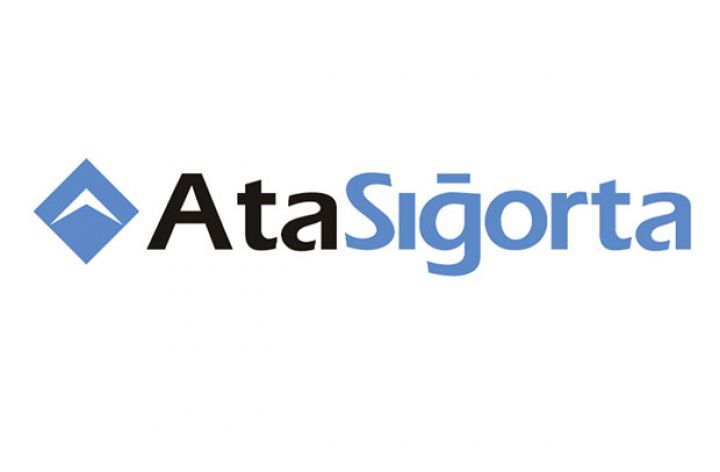
“AtaSığorta”ya satışları dayandırmaq barədə göstəriş verilib

Siqaret qaçaqmalçılığında ittiham edilən Ruslan Eyyubov həbslə bağlı şikayətini geri götürüb
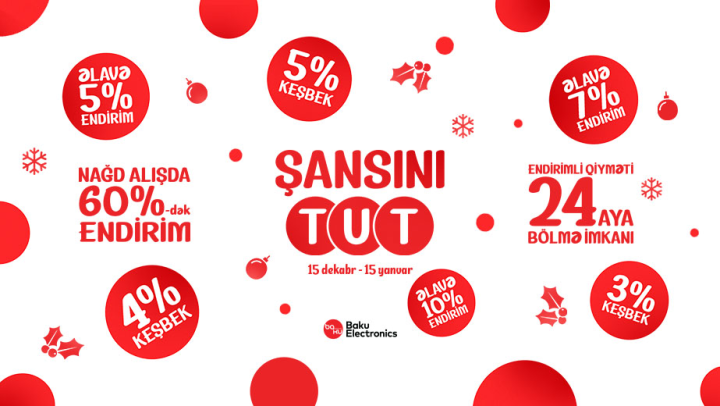
60%-dək endirimlər, hər 500 AZN-lik alış-verişə xüsusi şans!

AZAL-dan Gürcüstana səfər edənlərə tövsiyə - Bu sənəd tələb olunacaq

“AZINCLOUD” ilə öz bulud infrastrukturunu yarat!

"Şahdağ Turizm Xizək Mərkəzində 1-2 ilə trasların uzunluğu təqribən 55 kilometr olacaq"


